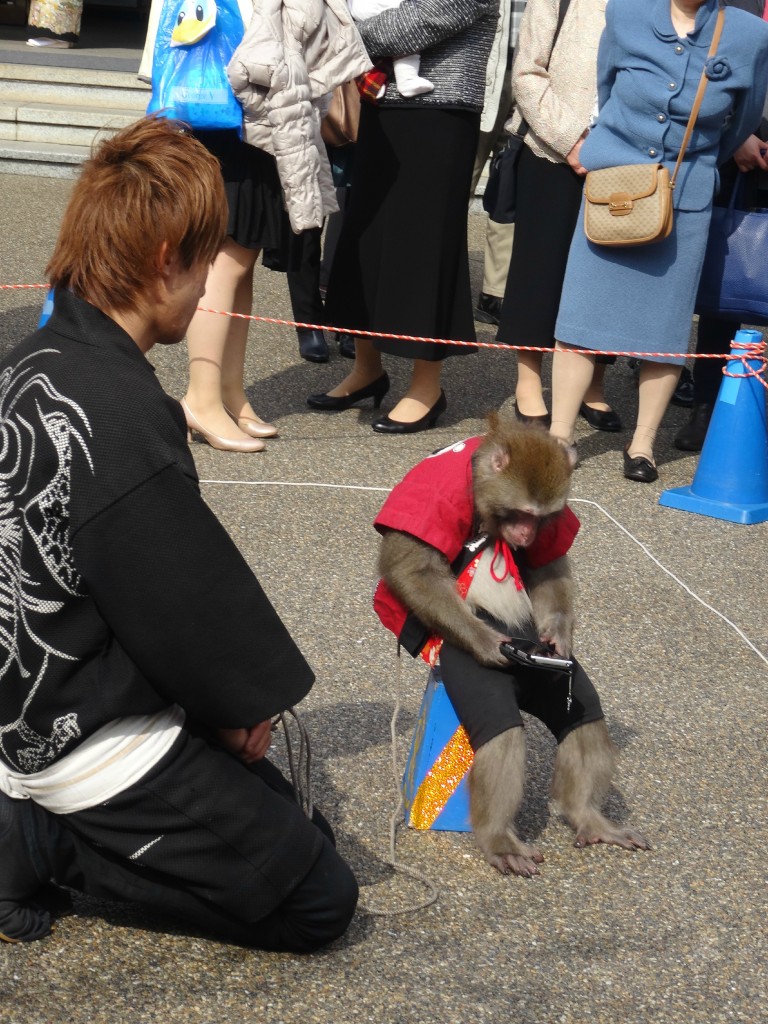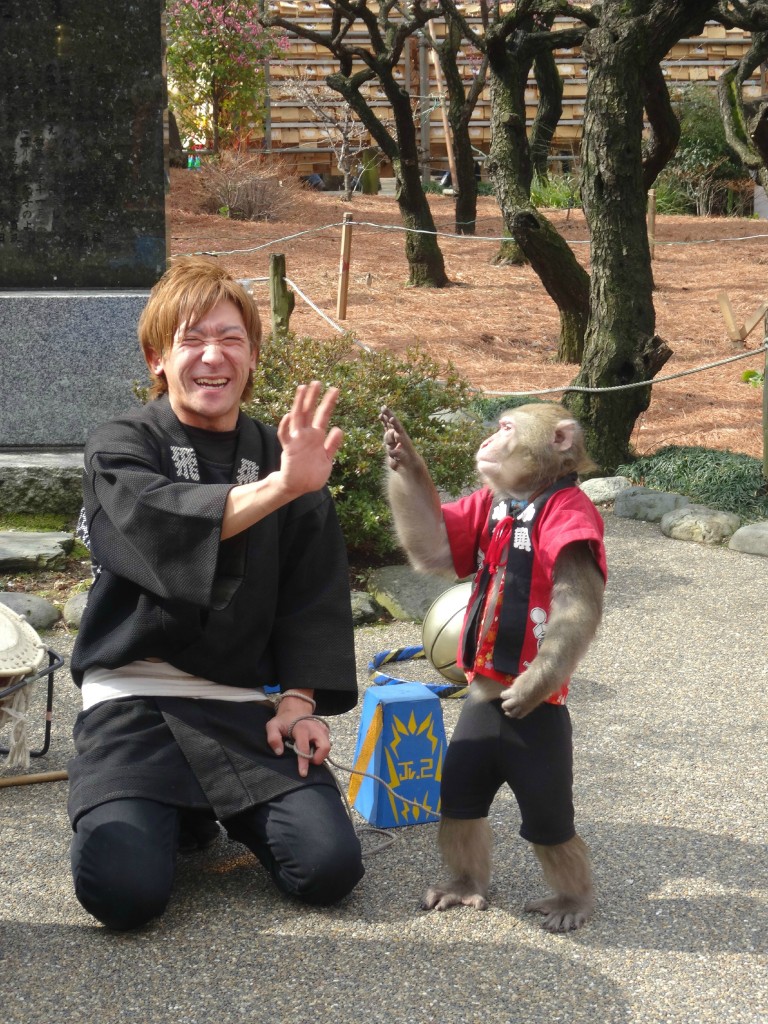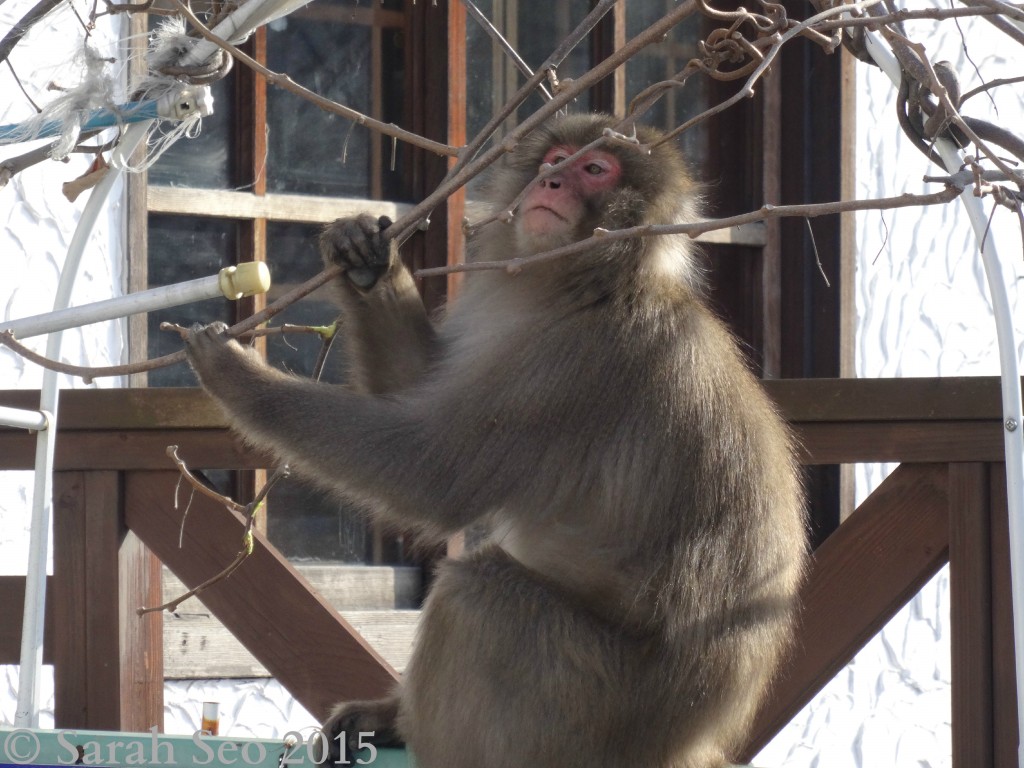Greetings from Tokyo, the world’s largest megacity and urban wonderland! With a population of 37.9 million, Tokyo is a place where people appear almost anywhere and everywhere. Despite the high population density, Tokyo remains a fine city to visit. It is nearing the end of winter here and plum blossoms (Prunus spp.) are in sight around the city. Plum and cherry trees are charismatic flagship species that many people within and outside Japan relate to. As pointed out by Professor Evans, the choice of trees planted reflects the country’s or city’s cultural identity. In Tokyo, these beautiful trees are often cultivated in traditional Japanese gardens within shrines and temple grounds, as well as in parks, but are less common along streets, possibly due to their high susceptibility to disease and maintenance requirements. Nevertheless, plum and cherry trees continue to be the country’s favourite angiosperms.
Besides plum trees, Ginkgo trees are also popular among the Japanese. Ginkgo biloba is the “Tree of Tokyo”, but is an exotic species introduced to Japan’s urban landscape in the late 19th century. Referring to Weng Ngai’s post on street trees, I agree that representing a city with native trees is ideal but may not be the most practical option. For instance, Ginkgo was chosen as a street tree over other native trees for its fast maturity and ability to withstand urban conditions in devastated Japanese cities after the 1923 Great Kanto Earthquake and World War II. The changing appearance of Ginkgo marks the progress of seasons and people have been able to relate to this exotic species more than other natives like the Japanese Elm.
As Weng Ngai suggested, the trees that are planted in cities depend on the preference of different stakeholders, which is closely tied to the function of trees. Although Ginkgo is the “Tree of Tokyo”, it is not prevalent everywhere. Along wide roads and high-speed expressways managed by public corporations, the species assemblage comprises mainly of Japanese red pine, black pine and cedar, with Ginkgo only contributing one-tenth, because the evergreens are better at reducing traffic noise in surrounding residential areas. Nevertheless, exotic species like Ginkgo continue to complement geometrical Japanese landscapes and remain deeply rooted in the lives of the Japanese. At this point I was wondering if Singapore has a national tree… We have a few iconic ones such as Tembusu and Angsana, but do Singaporeans relate to them as much as they relate cherry trees to Japan?
City planners and dwellers seemed to have developed this mindset that cities should be neat, clean, and orderly. Perhaps evolutionary psychology theories may explain this? As a city modernises, there becomes a stronger preference for orderliness in a dynamic urban landscape. The belief that orderly environments lead to improved mental health, life satisfaction, better thinking, tradition and convention may be a form of psychological adaptation in a rapidly changing urban environment.
Beyond the urban sprawl, the majestic Mount Fuji is visible. The mountainous region around this composite volcano is dominated by an endless sea of low-rise earthquake-resistant dwellings. Tranquility, clean water and fertile soil are just a few reasons why people would prefer to reside near the volcano rather than the urban core. Would you live near Mount Fuji?
Out of the 37.9 million people in Tokyo, I am probably one of the few people who goes around looking at urban lithophytes that grow spontaneously in Tokyo’s urban environment.
Covered in the recent lecture on spontaneous vegetation, urban lithophytes are plants that grow on rocky, hard and exposed surfaces with limited nitrogen substrates. They are not only adapted to a low nutrient substrate, but also to limited water availability and frequent direct sunlight. In urban areas, the roots of these plants penetrate into the crevices to tap on available nutrients in rainwater, litter, moss, dead tissues, and soluble alkali salts that leach from concrete and mortar. Dispersed by wind or urban birds, urban lithophytes may be considered “weeds” to some people, but to others these plants are valued for their medicinal properties and may be deliberately planted in gardens (or in labs, as in the case of Cannabis). If you find these plants interesting (I hope so), please feel free to check out my website on the urban lithophyte flora of buildings in Singapore.
Now for some urban wildlife. Have you seen a domesticated Japanese macaque?
Well, now you have.
This Macaca fuscata was performing at the Yushima Tenman-gū Shrine in Tokyo. I was baffled to see the monkey being tied up, made to jump across hurdles, balance on balls and form gestures to the crowd. Even though I was impressed by the macaque’s intelligence and skills, I preferred very much to watch it foraging in the wild near Lake Kawaguchi.
There was hardly any food for this wild macaque in winter, and it tried very hard to invade buildings in the vicinity but to no avail. It ended up feeding on the branches and bark of trees.
This post can go on forever, but I shall end here with a Japanese white-eye (Zosterops japonicus) resting on a plum tree. Amidst the fast-paced and highly developed urban environment, one can still find amazing flora and fauna in the city of Tokyo. Do visit when you can!








